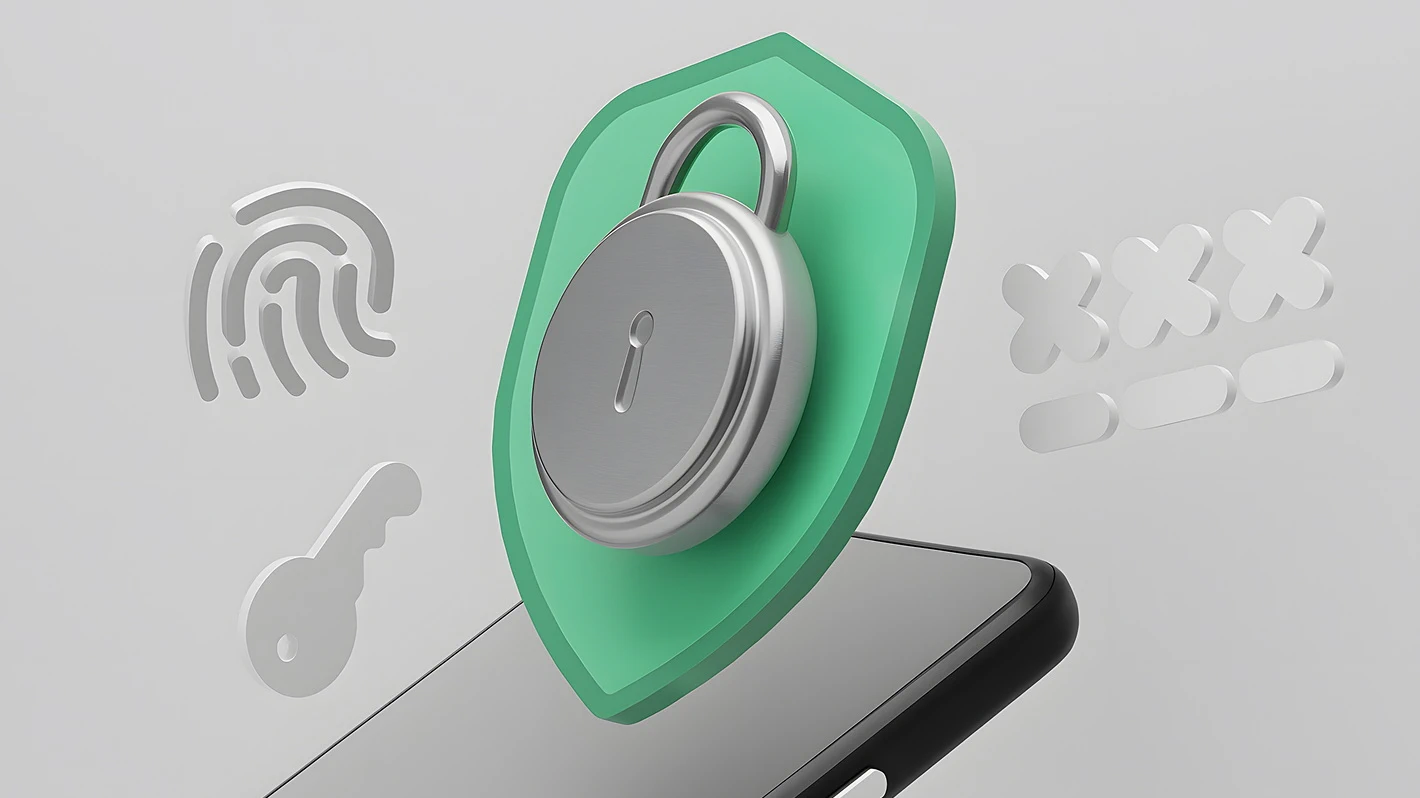Call centers have played a crucial role in the business world for decades, especially as technology has evolved. Today, they aim to educate and foster smooth communication between companies and consumers. Call centers are the frontline of a business’s customer experience. You must stay on top of the latest call center technology advancements to stay ahead of the customer service curve.

Call center technology will only continue to improve in 2023. Understanding how so ensures you can continue to offer your clients the best customer service on the market.
How Has Call Center Technology Evolved?
The rise of call centers began with the revolutionary invention of the telephone back in 1876. Granted, they had their limitations—such as only being able to handle a single call at a time. This was solved with the private automated branch exchange (PABX), which can direct multiple calls. Shortly after, switchboards took the world by storm.
They were used throughout the 20th century to establish telephone calls between users or other switchboards. All of this technology culminated to form the very first call centers.
The mainstream use of call centers began in the 1970s and 80s. They gained popularity among marketers hoping to connect with prospective customers. The FTC’s Do-Not-Call Registry put restrictions on this growing form of customer acquisition, but it didn’t stop it entirely. This was in part thanks to the onset of the internet revolution of the 1990s. This era forever changed how call centers operate.
Thanks to the internet, it’s now easier than ever for businesses to sell their products online. As a result, many businesses no longer have physical premises for customers to shop in. For them, call centers are a primary means of providing customer service, as their clients can’t simply stroll into a store to speak to a staff member. Although businesses are free to establish their own call centers, it’s generally much more economical to outsource this department.
There have been various trends regarding how businesses source their call center needs. At one point, labor costs made offshore call centers in places like India, South Africa, and the Philippines very attractive. While this allowed businesses to save money, there were occasional disadvantages. Most notably, customers complained of communication issues caused by language barriers. Businesses have begun turning to local call centers in attempts to combat this mounting frustration.
From Call Centers to Contact Centers
In recent years, the industry has been shedding the ‘call center’ title. That’s because modern-day call centers do far more than handle calls. They’ve gone so far as to adopt an omnichannel approach. This enables customers to communicate with call companies via several platforms, including email, chatbots, and social media. As a result, they are better described as contact centers.
Don’t let this fool you into thinking calls just aren’t important anymore. Quite the opposite, actually. They’ve benefitted significantly from technological advancements, too. For example, voice recognition allows customers to be easily verified. Call recordings are also used to improve call quality.
Transformative Call Center Technology Trends to Watch
Call centers will only continue to evolve. Keep your eye on these trends to stay ahead of your competition:
1. Artificial Intelligence (AI)
Artificial intelligence (AI) won’t replace the human workforce in call centers (at least not in 2023). Instead, it will work alongside humans by assisting them to complete tasks more efficiently. It can also be a pivotal part of customer experience, as it helps clients quickly find the information they’re seeking.
Interactive Voice Response (IVR) is one of the greatest benefits AI brings. It is already fairly ubiquitous in the industry—you interact with it every time you respond to a recorded reply during a call. When implemented haphazardly, however, it can annoy customers. Contrastingly, smart AI is a customer’s best friend when it’s used to answer routine questions. Customers save time and therefore get to enjoy a better customer experience.
Call centers also implement predictive call routing. Regular call routing links customers to the appropriate department. Predictive call routing kicks it up a notch by utilizing AI to connect customers with the agent who will best handle their issues. This pairing is based on many factors, including personality, expertise, and experience. Not only are complaints sorted quicker, but customers’ problems are solved more effectively. You implement predictive call routing through automatic call distribution software. The software should have a record of all agents and their skills, making it easy to link them up with callers.
2. Reliance on Big Data
Big data isn’t a new term, but it’s becoming an increasingly important one. Broadly speaking, big data refers to the huge amounts of information that inundate businesses on a day-to-day basis. On its own, this data is useless. With the right analysis, however, it provides vital insight into key information—including the desires of customers and the quality of a business’s customer experience.
Businesses can use big data to make predictions about what the average customer is seeking when they make a call. They can, in turn, make it easier to access the most sought-after resources. Advanced software is even capable of analyzing a customer’s tone to determine their emotions when they call, helping agents better prepare for the conversation to come.

Your big data doesn’t only come from calls. You can also analyze social media to gather data on budding trends and hot topics. You use this information to predict consumer demands. It also allows you to identify budding problems among consumers and squash them before they spread.
3. Analytics
Call centers want to constantly improve. To assist them in this process, they turn to call center analytics to make sense of data. Without call center analytics, it’s difficult for a call center to determine the quality of its customer experience. Call center analytics take many forms. As previously discussed, the ability to make predictions is highly advantageous. As a result, focus has been placed on predictive analytics. It’s used in many contexts, from determining which times of the year will be busiest to accurately pairing up customers with the right agents. Almost all areas of customer experience improve when predictive analytics is properly applied. The result? Happier customers!
Speech analytics have also earned themselves a seat at the table. Customers can be easily verified with the use of speech analytics, eliminating the need for them to share sensitive personal information to confirm their identity. You also use speech analytics to monitor calls in real time. This allows analysts to identify weaknesses in a call center’s routines. Call centers can then improve their scripts or change their processes to better accommodate clients.
In addition to speech analytics, you should also utilize text analytics. Social media texts, for instance, are analyzed to stay on top of upcoming trends. Businesses also utilize text analytics to monitor all of the communication it receives. This includes emails, web chats, blog comments, and more. The data is analyzed to find keywords and phrases to eventually detect patterns. Using this method, you get a feel of what common complaints are, what customers desire, and how to better serve them.
4. Omnichannel Customer Service
As we said, modern call centers are better described as contact centers because they do far more than handle calls. This ambition stems from the fact that ignoring other communication channels in today’s world is a recipe for disaster. For businesses that want to go the extra mile and provide clients with an unmatched customer experience, an omnichannel approach is a must.
Though they sound similar, there are key differences between a multichannel approach and an omnichannel approach. With the former, a business will make use of many channels to support customers. These separate channels never collide, and they are handled by different teams. This makes it troublesome for a consumer who begins an interaction on social media to continue it via email or call.
An omnichannel approach works to address this issue. It allows customers to seamlessly switch between various communication channels without having to re-establishing the same information every time. This is useful in the modern world because consumers often communicate using multiple devices. Implementing omnichannel solutions can boost customer satisfaction and therefore raise retention rates. According to Invesp, businesses that employ an omnichannel approach retain an average of 89% of their customers. That is surely nothing to sneeze at.
5. Cloud Call Center Software
Though traditional on-premise call centers get the job done, they still have their downsides. They are extremely pricey to establish and require lots of planning, as you have to rent or physically purchase your operating space. You also have to actively maintain the premises and the hardware you rely on to communicate with customers. Not to mention, scaling becomes very difficult. Either you need to shell out big bucks for more space, or you find it being wasted during off-seasons.
Thanks to advancing technology, call centers have more choices regarding how they wish to set up their operation. Instead of on-premise call centers, you can opt for cloud-based call centers. With cloud technology, you no longer have to worry about premises, hardware costs, and maintenance. It also greatly assists with employee
retention. Quarantining requirements forced many businesses to work remotely during the COVID-19 pandemic. As a result, many workers realized they can easily perform their work duties at home without sacrificing productivity. Though we now live in a post-pandemic world, many employees still crave the flexibility of hybrid work solutions. This can be better provided through cloud call center software.
6. Increased Security and Data Privacy
Technology has made a wealth of activities easier for consumers and businesses. Unfortunately, criminals have also benefitted from it. Consequently, there is a cat-and-mouse game of security experts constantly attempting to stay ahead of bad agents’ attempts to compromise security and steal the personal data of your clients.
Even worse, there’s no sign of this threat going away, as more organizations are realizing the power of predictive data. Failing to protect your business’s security and client’s data will strip the trust you’ve worked so hard to earn. In addition to affecting your business’s reputation, failure to secure customer data can result in severe legal consequences.
Luckily, there are several ways to protect your business and its clients. Your first line of defense is to regularly update your existing call center software. Many malicious entities exploit outdated programs and technology. Keeping your operations up-to date is a hassle-free way to avoid becoming an easy target. Encryption tools are also a good line of defense. They store sensitive data in a coded format that can only be translated by authorized personnel, protecting it from cybercriminals.
Implementing cloud-based call center technology is also a wise decision. Many cloud service providers have built-in security measures to complement your business’s in-house policies. Additionally, keep your agents trained and ensure their training is up-to-date. As criminals implement new methods of stealing data, agents should be made aware of them so that they don’t inadvertently assist malicious parties or fall victim to their tricks.
Master Call Center Technology With Helpware
Rapid change has made the call center industry a chaotic one to navigate. Even with the best intentions, it’s all too easy to misstep and diminish the overall customer experience. Outsourcing your call center needs is a wise strategy to avoid this. Granted, it’s hard to know which provider will best serve your needs while protecting your clients. Consider Helpware for the job! We offer a wide range of services geared toward modern business.
With Helpware, you’ll gain access to top-notch AI operations support to set your human workforce up for success. We can fulfill all of your AI needs—from image and data processing to data tagging. Our content control and verification software also help you create a safe online environment for your customers and built trust. This is done by implementing technological safeguards that detect fraud and profile impersonation.
Helpware can help craft the ideal digital customer experience for your clients. Take advantage of our multilingual support, chat support, IT support, and telephone answering services to guarantee your customers are taken care of around the clock. Contact Helpware today to launch your business into the future of customer service with call center technology.












